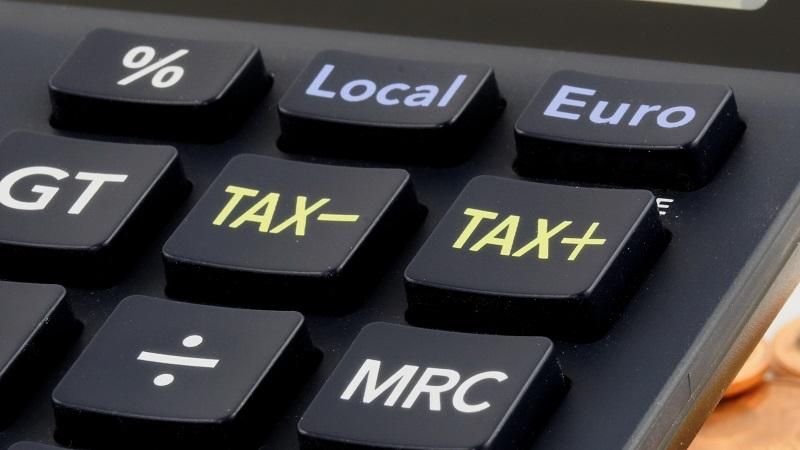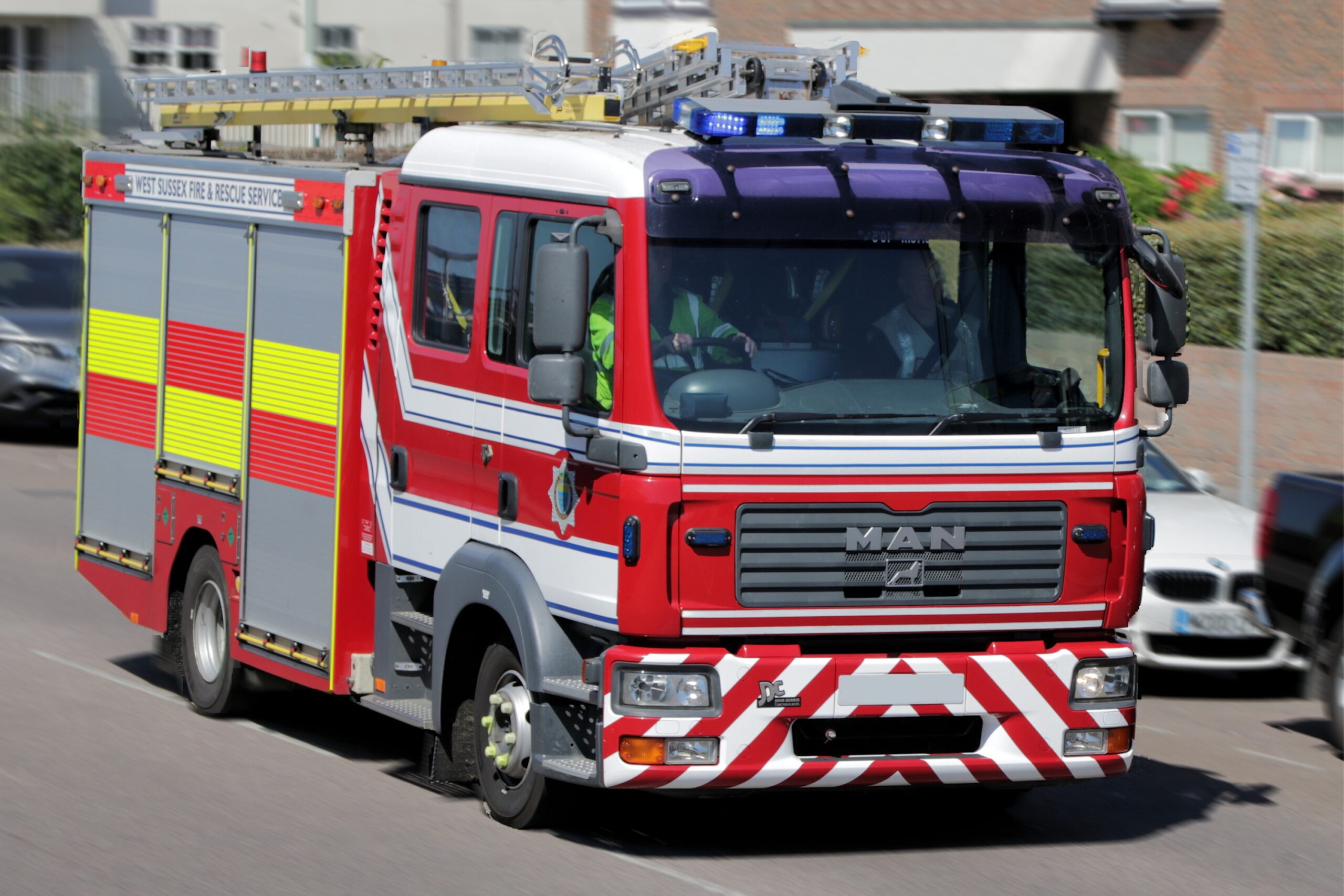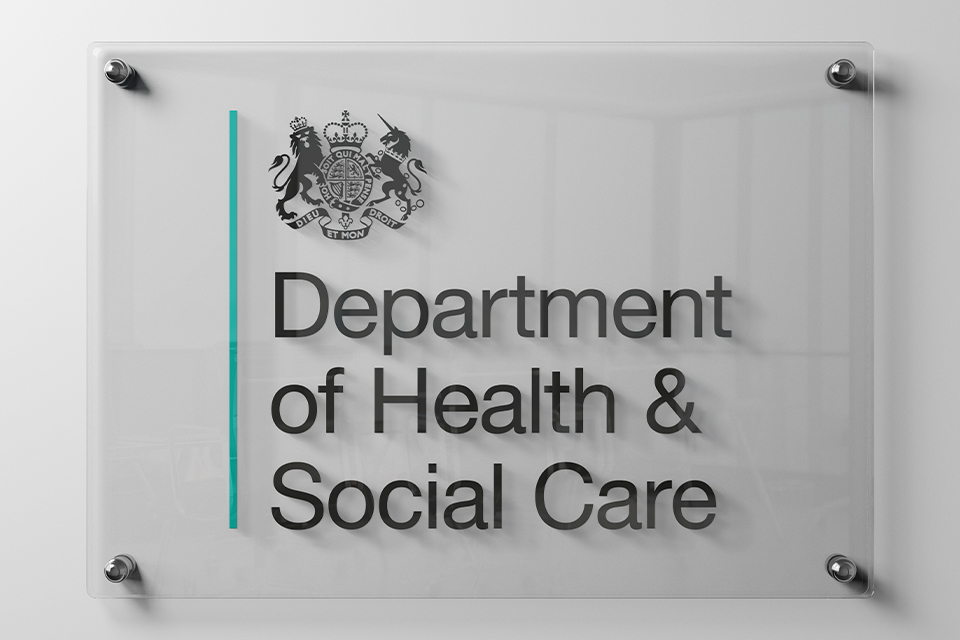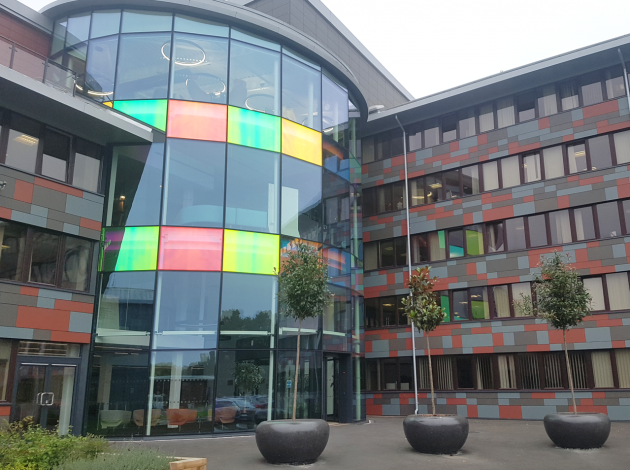National Audit Office says that tax agency needs to prepare a new business case or risk further ‘undermined credibility’ for major programme
Credit: Bruno/Pixabay
HM Revenue and Customs has failed to acknowledge £1.5bn in upfront costs to users of switching to Making Tax Digital, while millions of records remain stuck on the department’s legacy systems, according to a major new report.
The department’s plans to complete the rollout of the digital tax system – which are already about eight years behind schedule and five time the expected cost – remain “very challenging”, according to a report from the National Audit Office.
The NAO claims that the tax agency’s most recent financial analysis, released last year, did not factor a total of £1.5bn in spending required by VAT and Self-Assessment business users – with incomes in excess of £10,000 – to support their initial transition to the digital taxation system. Over the next five years, many users will incur net costs in the region of £500 as a result the requirement to switch to MTD.
The costs to government of the digital tax programme have also risen significantly, compared with HMRC’s original expectations.
“The repeated delays and rephasing of Making Tax Digital have undermined the programme’s credibility and increased its costs. They put at risk the support of taxpayers and delivery partners, including those who are essential to the programme succeeding.”
NAO head, Gareth Davies
The NAO report said that the cost of implementing digital VAT for larger traders – the first wave of the rollout of MTD, that took place in 2019 – cost £295m. This figure is almost £70m higher than the initial 2016 estimate for how much it would overall cost to implement MTD across three forms of taxation, encompassing all VAT users, as well as self-assessment business taxpayers and corporation tax.
Rollout costs are now expected to reach about £1.3bn – representing a fivefold increase on original projections. About half of this total has already been spent.
Auditors found that the spiralling expense of bringing on board the first set of users came as “HMRC did not anticipate the extent of data issues involved in moving tax records and took 15 months longer than planned to move all 3.2 million VAT records” to updated systems.
Beyond these records, another 14 millions remain on legacy infrastructure, only 1.6 million of which currently have a firm timeline for being moved onto a modern platform. While the potentially lengthy and complex migration process continues, HMRC will incur support costs for both the new and the legacy system, auditors have warned.
Lingering ‘design issues’
After numerous delays – the most recent of which was agreed in December – the programme is “at least eight years behind the original timetable – and HMRC has not resolved some important elements of its design”, the report said.
“Design issues [include] how to: allow for multiple agents to represent taxpayers; handle jointly owned property; and deal with changes in taxpayers’ circumstances.”
The delays mean that the final tranche of users – self-assessment customers with income of between £30,000 and £50,000 – will now be on-boarded in April 2027.
Based on the current expectations, the 2027/28 year will also mark the first time the MTD programme begins delivering the full anticipated benefit of additional tax revenue – which HMRC has projected will be £600m a year. This benefit was originally slated to have been realised from 2020 onwards. By March 2033, the department forecasts an extra £3.9bn in tax intake as a direct result of the digitisation scheme.
£1.5bn
Additional upfront costs for customers moving to Making Tax Digital that HMRC has not previously factored in, according to the NAO
14 million
Number of customer tax records that remain on legacy HMRC infrastructure, with only 3.2 million having been moved so far
2027/28
Point at which government will begin realising the full benefit of additional tax – of £600m a year, according to HMRC
460%
Cost increase of delivering MTD compared with original projections – which have risen from £226m to £1.3bn
But the NAO has warned: “HMRC has set a very challenging plan to implement Making Tax Digital for Self Assessment from 2026-27, delivering many aspects of the programme in parallel. The scale of work required remains uncertain. HMRC’s plans still require it to simultaneously move from legacy systems to a modern platform and introduce digital record keeping by business taxpayers. It has not been able to provide us with any measures of progress to the end of 2022, so it is not clear how much its investment to date has advanced its system development. HMRC’s current plans indicate it has major work to complete on all the significant elements – [including] restarting its pilot with business taxpayers, moving tax systems and records, and changing its internal processes – and this must all be done in parallel.”
To ensure the programme delivers value for money, the NAO has asked HMRC to draw up a new and “robust” business case setting all options for the future of Making Tax Digital, while “resolving questions about design and rigorously managing risks to delivery”.
It is also recommended that the department draw up a new delivery plan, in concert with software providers and backed by independent technical assurance.
NAO head Gareth Davies said: “The repeated delays and rephasing of Making Tax Digital have undermined the programme’s credibility and increased its costs. They put at risk the support of taxpayers and delivery partners, including those who are essential to the programme succeeding. Our audit identified the omission of significant costs from some business cases. It is obviously important that business cases for major programmes such as this contain all the relevant information to support decision-making. HMRC’s plan to digitalise the tax system has the potential to improve the system’s efficiency and effectiveness. It has made some recent progress on VAT but it has not yet tackled the most complex elements of the programme and significant delivery risks remain.”
It is understood that HMRC disputes the methodology used by auditors to make some of the calculations regarding the MTD programme’s return on investment, and any suggestion that the combined costs for government and users may, ultimately, exceed the benefits in additional tax revenue.
A spokesperson for the department said: “We welcome the NAO’s recognition of our progress in digitalising the tax system, and its confirmation that our plans can improve the system’s efficiency and effectiveness. A project of this scale naturally comes with challenges, but Making Tax Digital will deliver a strong return on investment for the taxpayer. We have always been wholly transparent about costs for business. We remain committed to ensuring that free software will be available for those with the simplest tax affairs. This is reflected in our estimates. MTD is an important part of the transformation the UK tax system. MTD has already made it easier for businesses to get their VAT right by helping them reduce errors and freeing up time to help them to grow. We are committed to bringing the same benefits to Self-Assessment customers.”




